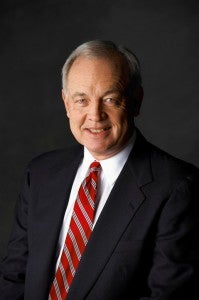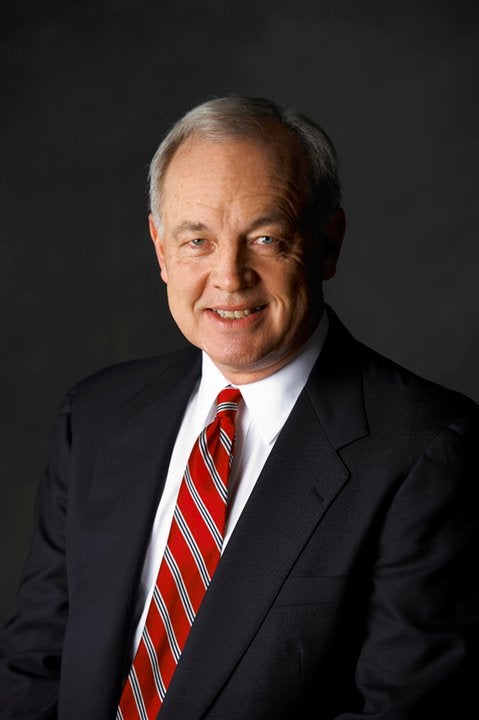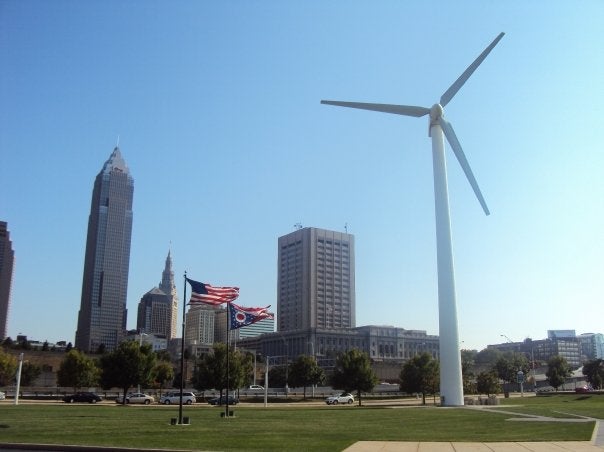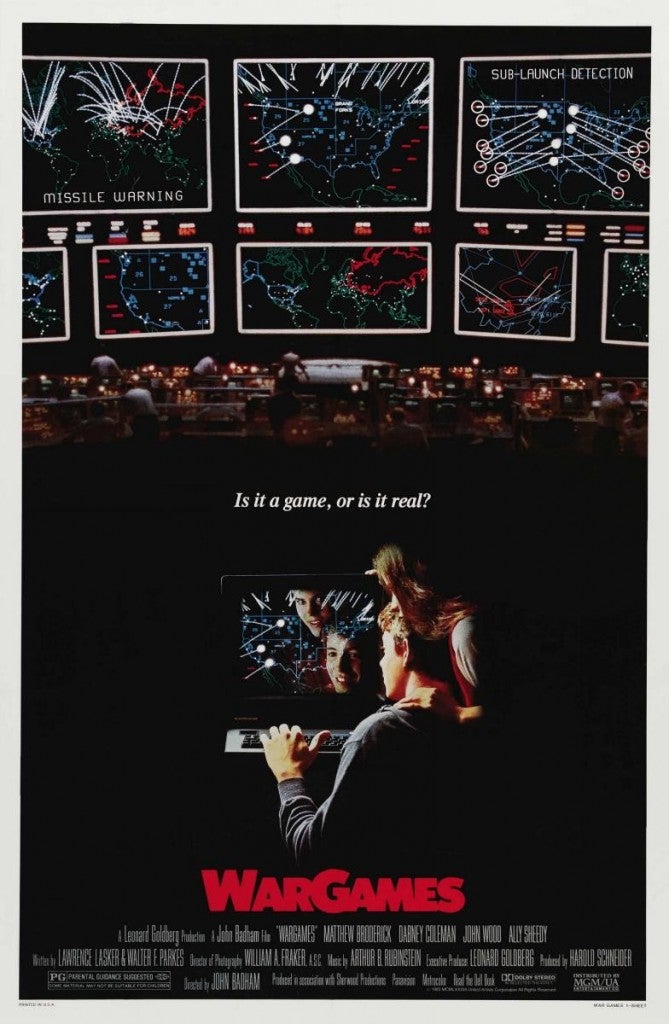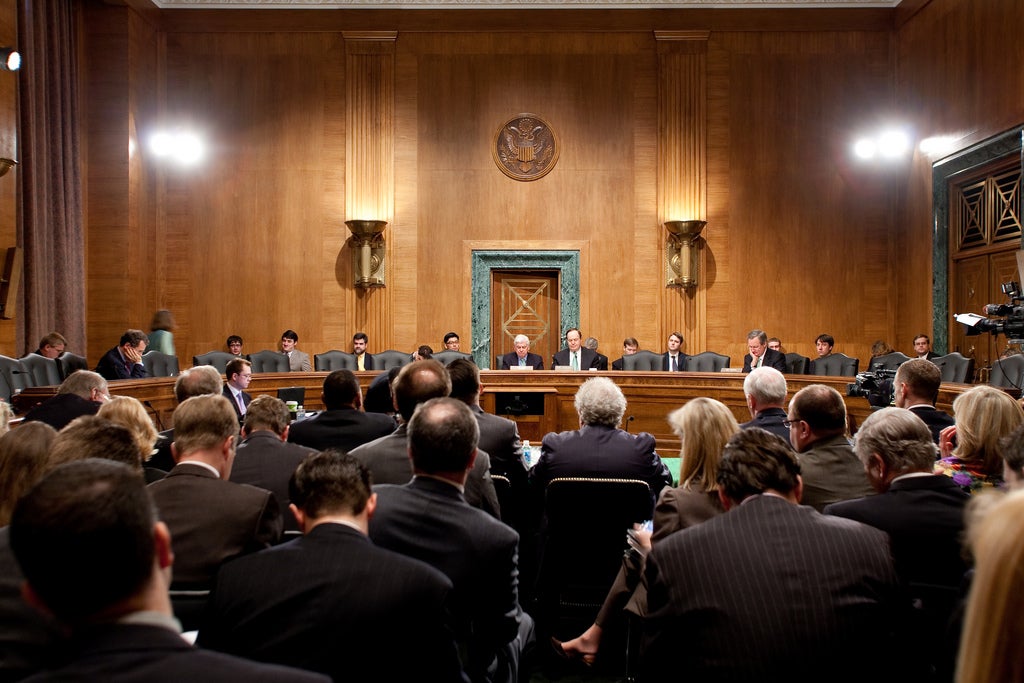
Source: American Insurance Association Flickr
Cheryl Roberto, Associate Vice President and leader of EDF’s Clean Energy Program, recently testified before the Ohio Senate Public Utilities Committee against S.B. 310, which would freeze Ohio’s energy efficiency and renewable energy standards at current levels. Sen. William Seitz, the Committee Chair, described her testimony as “passionate,” “very persuasive” and “thought provoking.”
Roberto described how the electric grid has changed. The old model, in effect for the past hundred years, relies on one-way power flows from large, centralized utility power plants, with limited customer service options and limited information available to customers on their energy usage. The new model involves two-way power flows between the utility and customers who own small, on-site solar, wind, and combined heat and power units. Customers receive detailed, real-time energy usage and price information. Read More

